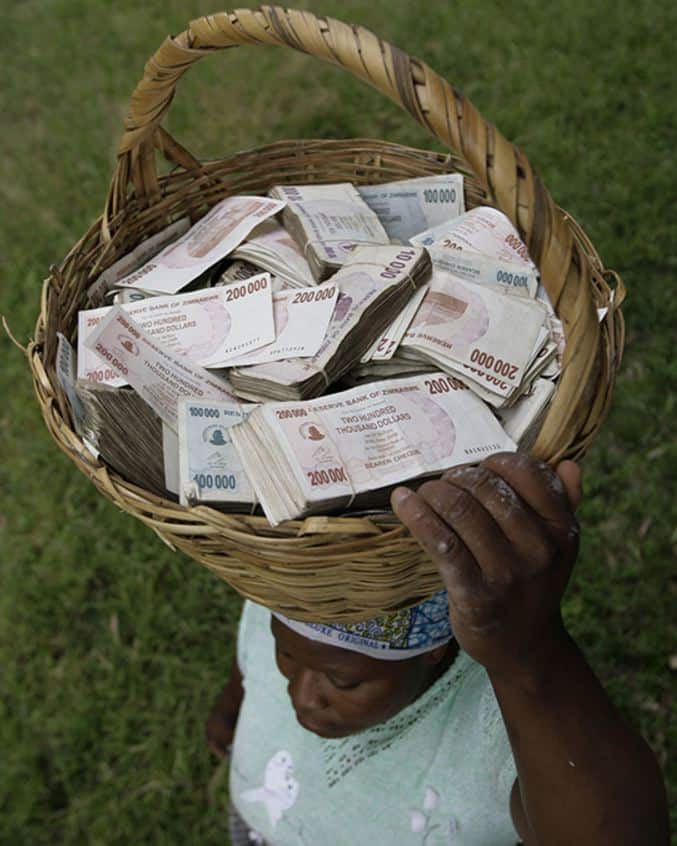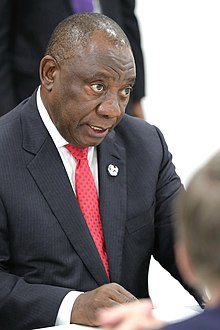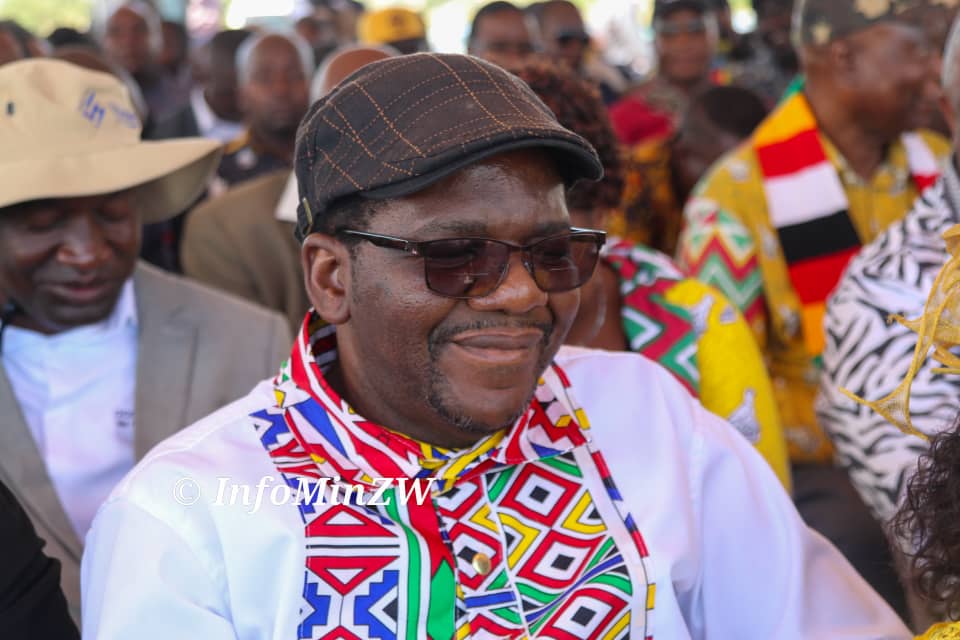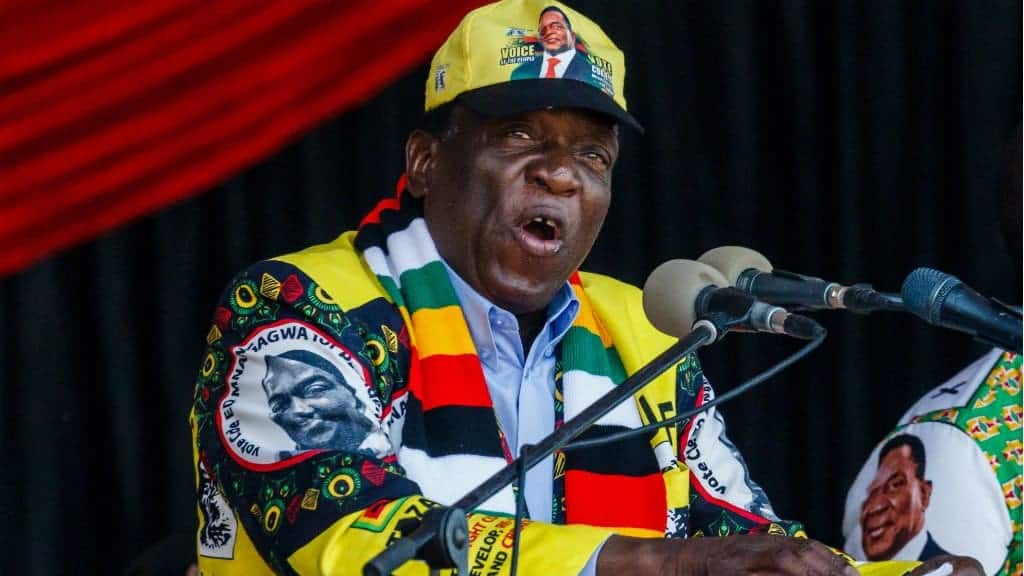ZwNews.com
Zimbabwe is on the verge of returning to the dreaded 2008 era, official data released recently the Zimbabwe National Statistical Agency, (ZimStat) have shown.
The revelation paints a gory picture of the country, and according to the national agency, inflation hit 175 percent in June, amid fears that this time around, the hyper-inflation would totally ground the country’s economy.
“The year-on-year inflation rate for the month of June 2019 as measured by the all items consumer price index stood at 175.66 percent while that of May 2019 was 97.85 percent,” the ZimStat said in a statement.
With the recent return of the local currency, market watchers fear that the current rate of inflation would even escalate to astronomical levels, once the government begins to print money, as per its promise. The government, few weeks ago, indicated that it would indeed switch on the money printing machine, though promised not to overprint. Judging from history, it is obvious the government will print more than the 400 million it promised, such fears are further supported with the fact that there is no production in the country to back up the local currency- analysts have been saying.
Commenting on the data released by ZimStat, prominent economist, Prosper Chitambara says the country has officially transitioned from chronic high inflation to hyperinflation with month on month inflation rising from 12.5% in May 2019 to 39.3% in June 2019. He says the ill-advised reintroduction of the Zimdollar with the country already on the verge of hyperinflation amid a decreasing output by about 3% in 2019, Zimbabwe is treading on a haunted trail.
Ultimately, the value and strength of any national currency is a function of production and confidence. Confidence is built through a track record of ‘disinflation’ reforms and policy consistency.
He warns the government against command economy;
“Sustainable and successful de-dollarisation is never a government decreed, but a market determined process resulting from a track record of implementing confidence-boosting and trust-enhancing economic, institutional and political reforms.”
Meanwhile, the government recently introduced the local currency, and banned multi-currency through a state decree, ignoring the market forces, a move that has seen the country’s economy persisting on the downward trend. And the just released ZimStat data seem to vindicate the economic analysts who warned the government before and after the reintroduction of the local currency, that such a move would have only been implemented after the necessary reforms have been put into effect.
Many Zimbabweans vividly remember ten years ago, when hyperinflation hit Zimbabwe with a billion percentage, the economy collapsed, forcing the country under President Robert Mugabe then, to abandon the Zimbabwe dollar, in favour of the much stable multi-currency.
Despite the change of guard with President Emmerson Mnangagwa now in charge, the economic prosperity he promised seem to be constantly eluding him. Part of Mnangagwa’s plan was to attract foreign investment in order to revitalize the ever failing economy, and stimulate growth, but his efforts are being hampered by his commandeer type of leadership that kills investor confidence.
Away from the government’s official figure which usually is inclined on downplaying the actual numbers, renowned American economist Professor Steve Hanke says Zimbabwe’s inflation soared after the abolishment of the multi-currency and the country’s year to year inflation is actually pegged at 546%. He predicts that the rate will further be accelerated by the pay rise promised to the civil servants, that would automatically eat up more into the budget.














